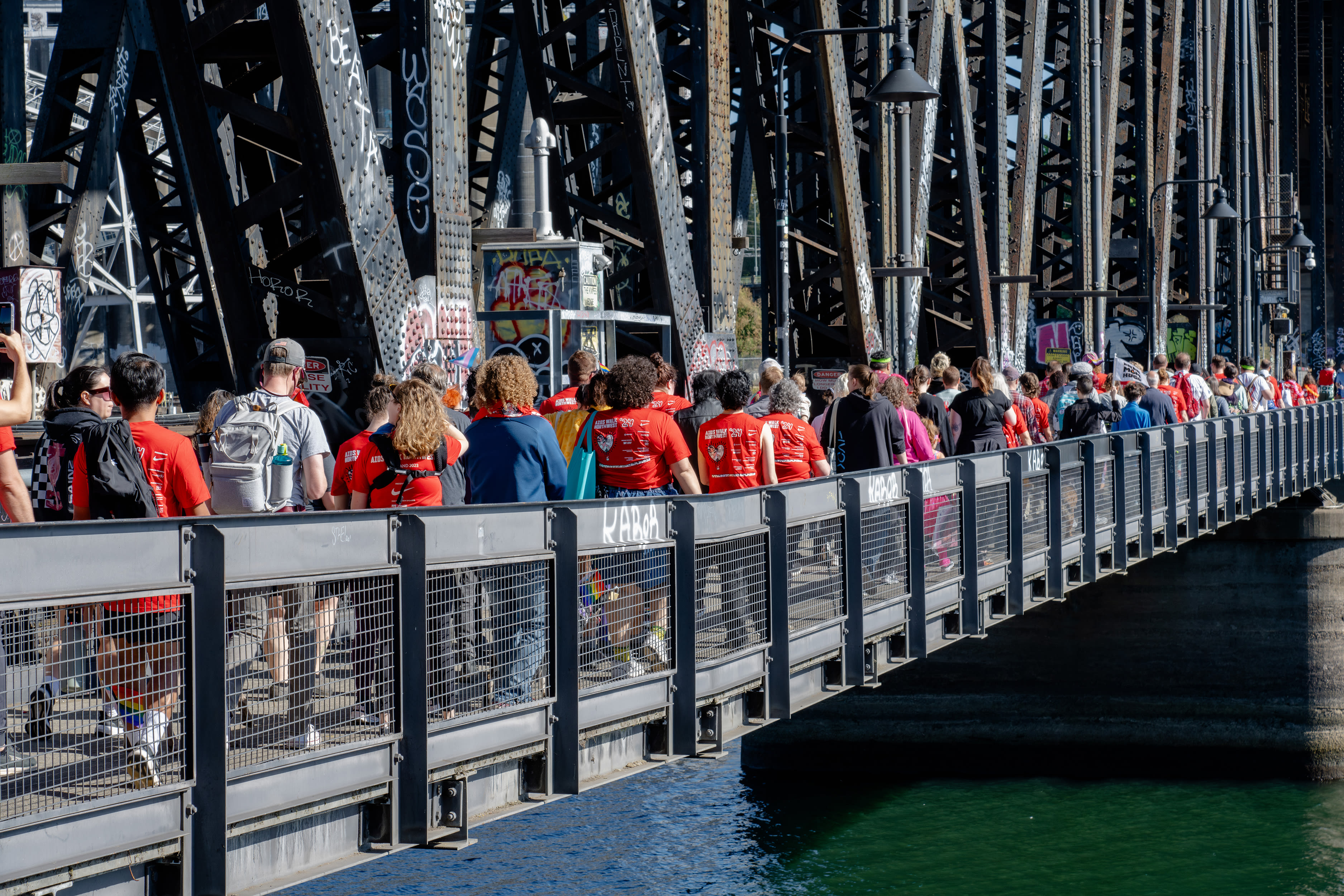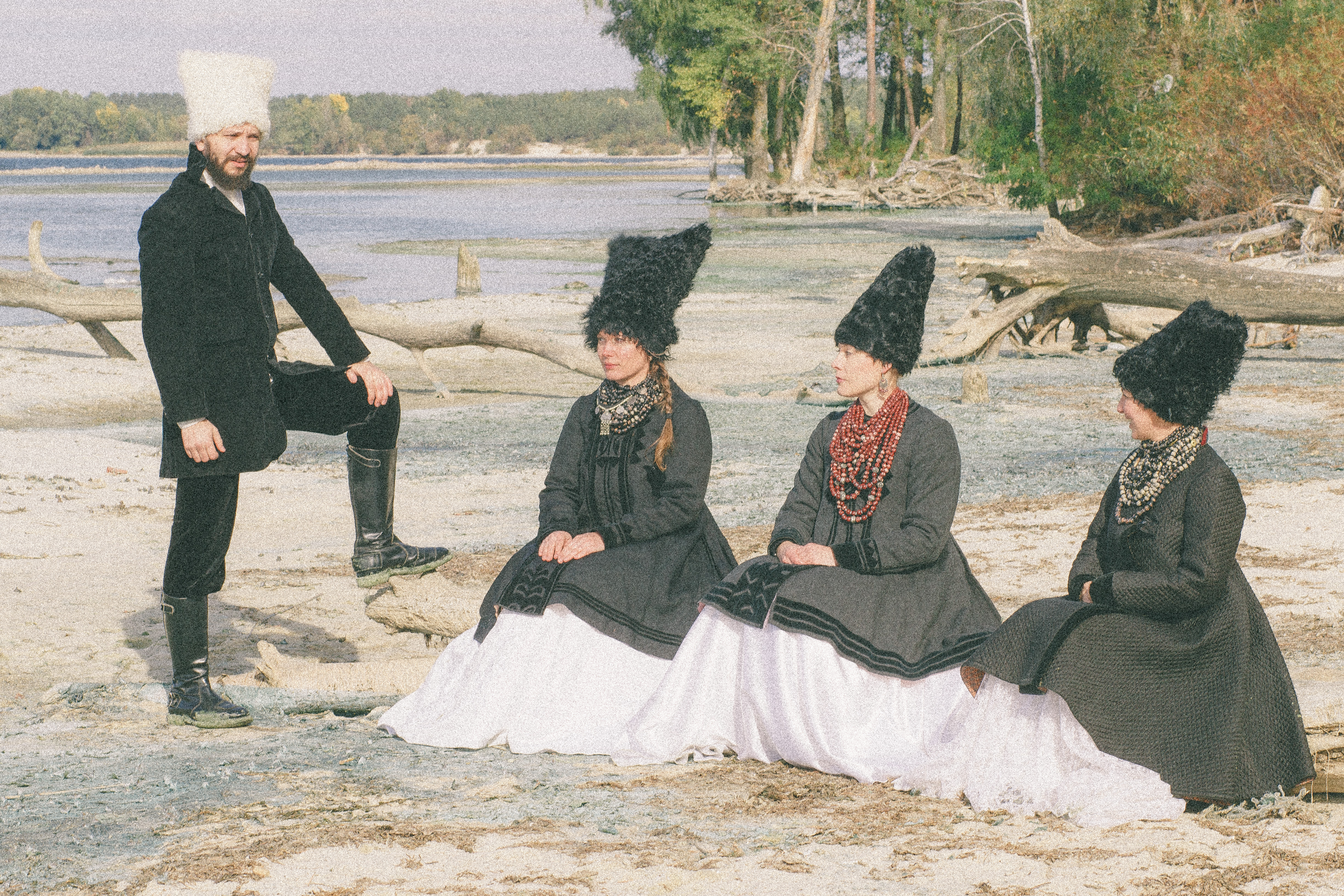Why the Portland Pride Festival Means Even More in 2017

A scene from the 2015 Pride Parade
Image: Courtesy Wikimedia Commons
Portland Pride and its many associated events are clustered around June 17 and 18. Four locals reflect on what the LGBTQ festival—now in its fifth decade—means this year.
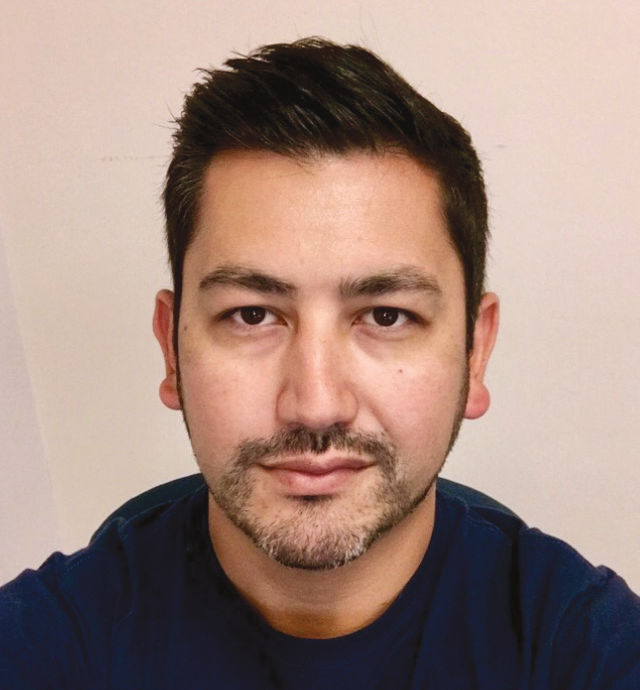
Image: Courtesy Christian Baeff
Christian Baeff
Chair, Latinx Pride
I moved to Salem from Argentina in 2001, and to Portland five years ago. This is the 12th year of a Latino gay pride event; we adopted the term Latinx to be more inclusive and gender neutral, and made the event all ages last year.
This year, we want to show unity—that we exist and we’re together, and that we’re going to keep strategizing on how to survive in these crazy times. In our community, we have a lot of diversity in terms of cultures and backgrounds. A lot of us were born here; some of us are immigrants. Many of us are affected by the same issues that affect other immigrants, other LGBT issues, and forms of discrimination. It seems to be a time when people are encouraged to express themselves. Sometimes that expression isn’t so positive towards us, so it’s important for us to express ourselves as well.
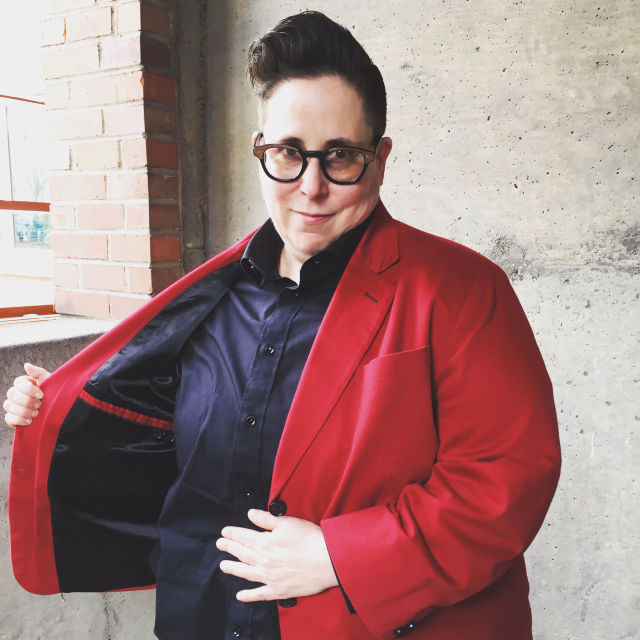
Image: Courtesy Caryn Brooks
Caryn Brooks
Longtime Portland writer, member of the comedy collective That’s What She Said
We might see Pride going back to its post-Stonewall roots a little bit. For most of my adult life, Pride has been about fun and frolic and community—always community. This year, I think there might be a bit more of an uprising sensibility. I hope there is.
A lot of the smaller splinter marches have always had more of a political sensibility, the Dyke March in particular. The Trans March will be busting at the seams and vocal and loud. Who knows—maybe there will be more counter-Pride protesters, too. This year is definitely different.
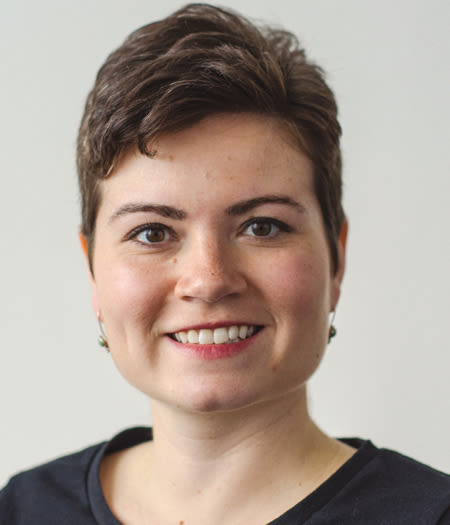
Image: Courtesy Karin Power
Karin Power
First-term Democratic state representative from Milwaukie
I’ve been to Pride in four cities, and Portland is by far the most family friendly. People come out, they bring their kids and their dogs, and it’s lovely. And over the years, I’ve definitely had more than one well-intentioned person ask me, ‘Why do we still need Pride? You’ve got marriage equality, you have years of steady social progress. Is it still necessary?’ Now you’ve seen how, at the federal level, civil liberties can be wiped out with a stroke of a pen. At the state level, you see marriage equality under pressure even after the Supreme Court ruling—a bill to ban marriage equality was just introduced in North Carolina. So it remains very important for people to be visible and be heard.
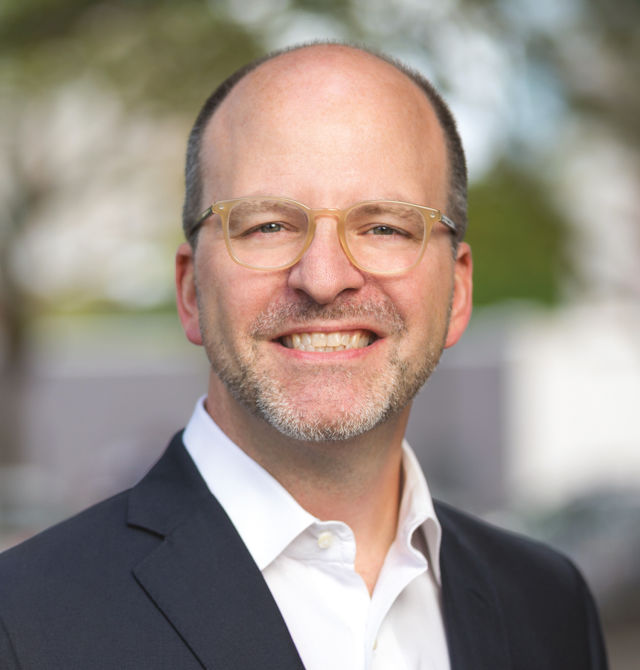
Image: Courtesy Bob Speltz
Bob Speltz
Senior director of public affairs at the Standard
For the first time, my husband and I are going back to Washington, DC, to be part of the national Pride march on June 11. We watched the Women’s March, in DC and here and elsewhere, unleash this tremendous energy, and we were inspired. You saw the seas of pink hats on airplanes and in the streets, and you wanted to be a part of something like that.I’m 49. I have not been out in the streets in Washington, DC, yelling and protesting, since the ’90s, when we demonstrated against Bill Clinton’s anemic response to the AIDS crisis. Now it’s time, again, to show that we’re not going away. It’s gonna be loud, it might be a little messy, and there will be a lot of people. It’s a chance to say, hey, you’re definitely going to want to be in Mar-a-Lago that weekend.
